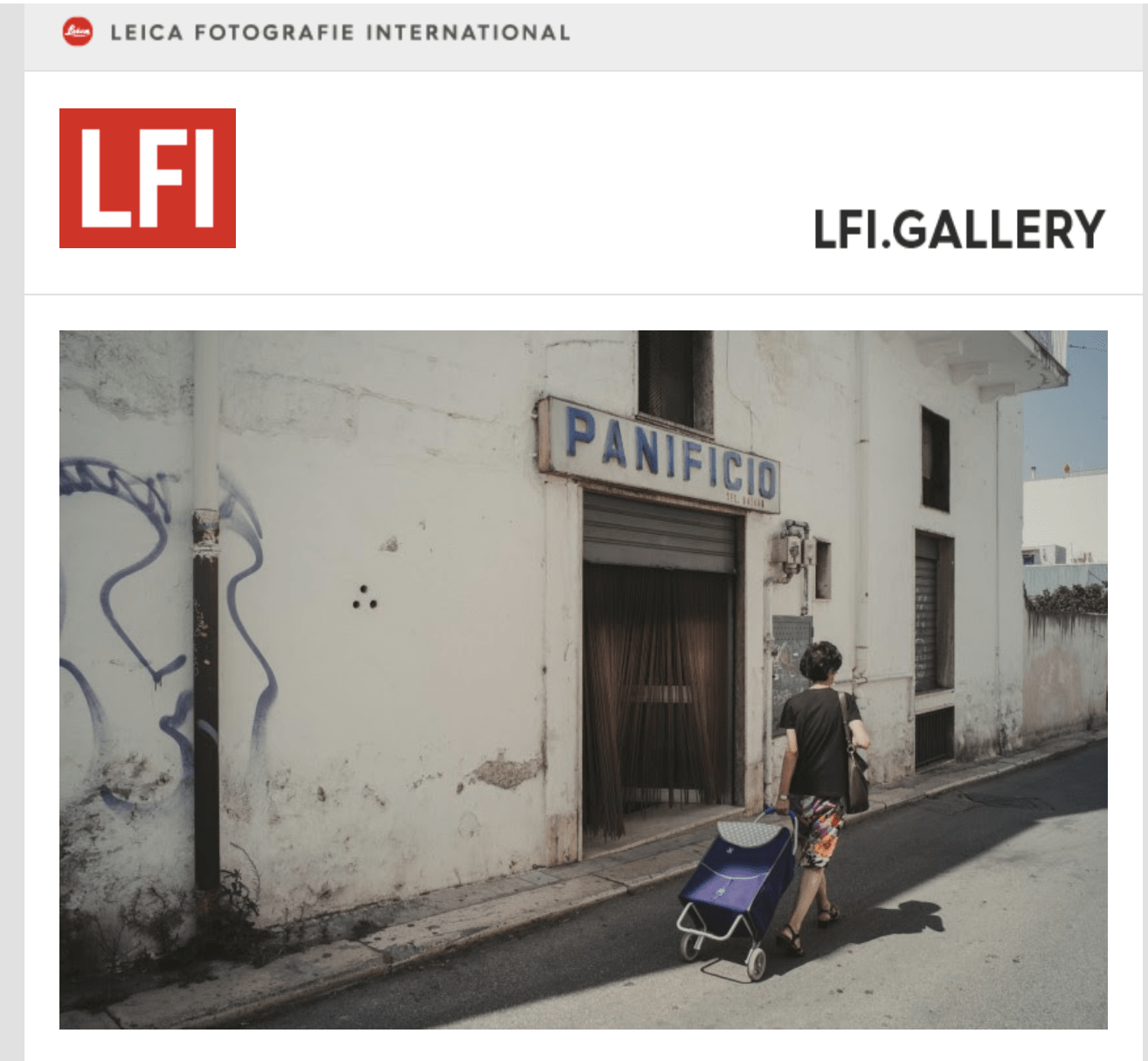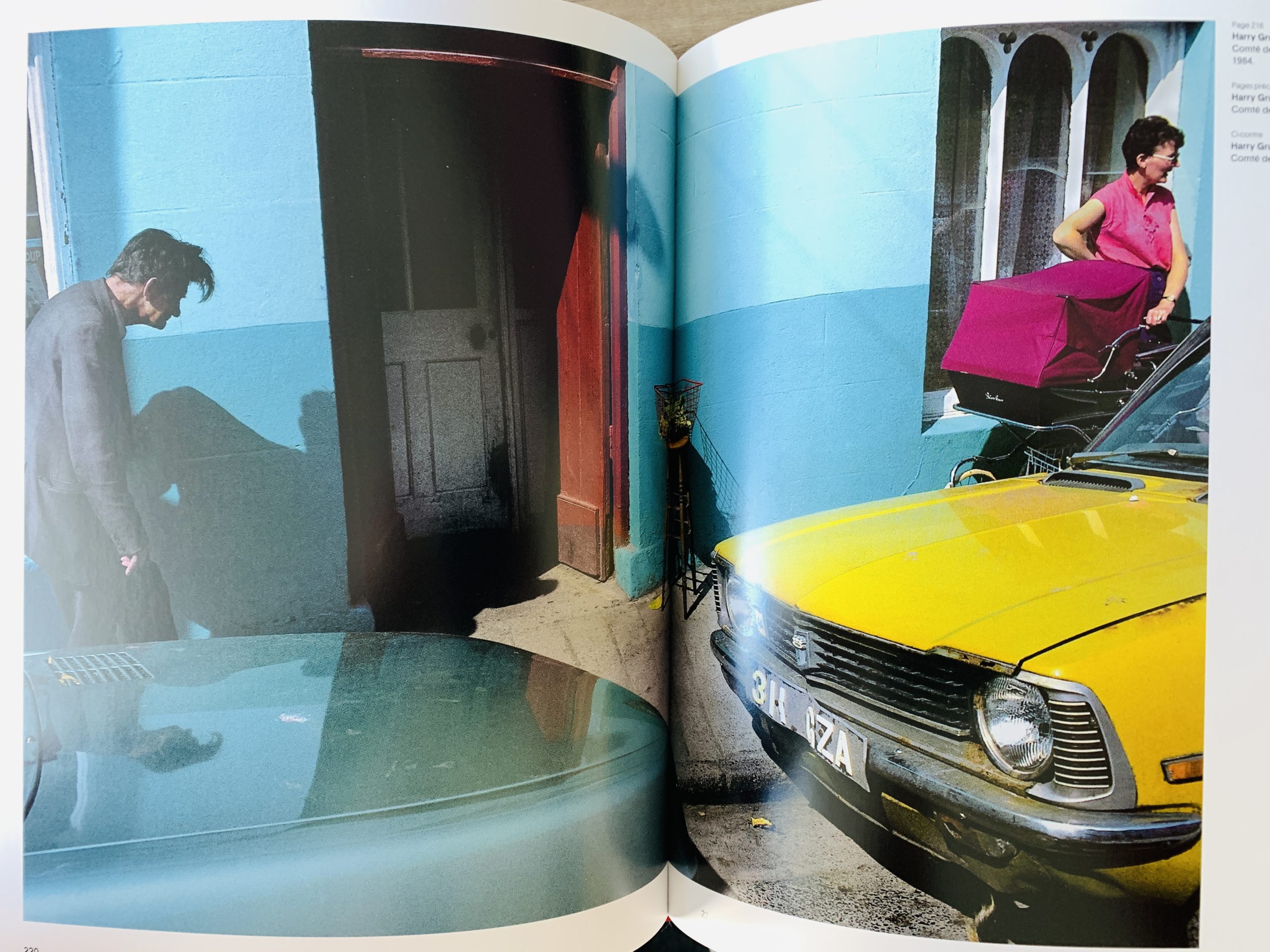
Street photography – An interview for NAVB University in Amsterdam
When Loïs contacted me on Instagram asking me for an interview about my street photography for her studies at the NAVB University in Amsterdam, I didn’t hesitate to say yes, both for the great pleasure I have of talking about photography in and for the desire to help and advise those taking their first steps in photography.
Although this interview will not be published but it was used for a Loïs study research, I like to share my answers with you and maybe even hear your opinion.
And now the interview:
Loïs: How long are you in the discipline of streetphotography?
Me: I’ve started approaching street photography seriously only 9-10 years ago when I felt confident and capable to tell a story with a picture. Before that, I was just taking pictures on the street that is a completely different thing, it’s just taking pictures as an amateur does.
Loïs: Did you do a photographic study?
Me: I have a background as a Visual Designer, I’ve attended 3 years master at the European Institute of Design in Milan where I’ve also studied Photography and Cinematography. But my love for photography started just a few years later. After that it’s been all self taught.
Loïs: Did you immediately know what kind of photography you wanted to do?
Me: No, I just fell in love with photography in general and at the beginning I’ve started exploring different kinds of genres, still life, macro, landscapes, portraits, streets, weddings. I think it’s a natural learning curve that helps you better understand in what kind of photography you feel most comfortable. Never force yourself into a genre or style you don’t like or don’t feel.
Loïs: Are you an independent contractor or do you work for a company?
Me: Luckily, I’ve tried both sides. I work for an IT Media company (and previously for an automotive company) where I do events reportages and corporate portraits, but I work a lot as a freelancer doing mainly travel and documentary, food photography and editorials for magazines or blogs.
Loïs: what are the pros and cons
Me: There are no pros and cons as soon as you have photo opportunities in both and you love what you do. Maybe working only for a company can be boring after some time as you tend to do always the same kind of photos, while working as an Independent allows you to experience many different kind of assignments and also self produce a story or a documentary.
Loïs: What do you like the most about streetphotography?
Me: The uncertainty, the unexpected, the hunt for the image and the ability to tell stories that goes along with it. And the dynamism of it that force you to go out and walk for hours and observe. I love to observe and read reality.
Loïs: What are setbacks that you face in your line of work?
Me: It is a privileged job, I feel lucky to be able to live with it but nowadays the competition is incredibly high and the market literally devours the contents, forcing you to always stay on track and produce new ones.
It has also become much more difficult to surprise or get noticed for a photo because now out there they are all photographers and any place in the world or event or situation are accessible and usable to everyone. There less and less things that are still unseen.
Loïs: What type of demands do you set for yourself while photographing?
Me: To be always curious and do not snap a photo unless necessary. Above all, to follow a style, a shape and a story. Gears wise, I set the rule to carry with me the less possible amount of lenses, 2 maximum and always prime lenses.
Loïs: What type of qualities do you think a photographer should have?
Me: Passion for what he does, without that, there is no way to go.
Visual Education. It’s important to build your own culture and education to images, by reading books, study famous photographers, following courses, in order to be able to compose or frame an image in a proper way and to build your own style. Don’t imitate photo trends or other photographers, just understand and read the photos that attracts you. My studies on Graphic Design and Cinematography have been so important for me, as well as the conversations I had with incredible talented and famous photographers like Bruce Gilden, Jerome Sessini and Larry Towell. Always listen from the master and observe…
The vision (or imagination) that let you “see” the photo before shooting, anticipating what you think or feel will happen in front of you. Without the vision, you’ll never become a photographer.
Loïs: What do you want to convey with your pictures?
Me: I want to tell stories, I love telling stories and that’s what I want my pictures to do. And of course, If I succeed in telling a story, I will convey emotions as well, bad or good, doesn’t matters.
Loïs: With what type of situations do you have to deal with in your photography, positive as well as negative?
Me: Emotionally speaking, most of the time I have to deal with people, and you know, everyone have different way of reacting in front of the lens and I have to be fast and flexible to adapt.
The challenge is always to create a positive empathy and be discreet and never aggressive or arrogant. Also, I have to accept fails whenever someone reject to be photographed or if a situation is not going well as I was expecting. I don’t like to insist if I see that the picture is not coming as I want, I prefer to let things going smooth and spontaneous.
Technically speaking the challenge of a streetphotographer is to adapt quickly to different light conditions and to chose the right focal lens or settings. But there is where the vision and anticipation skills makes you a photographer instead of an amateur.
Loïs: Do you have any tips for me as student photographer?
Me: Look back closely to the works of great photographers, identify what genre of photo do you like the most, build your own and strong culture and education to the image and then look straight forward to your style, feed your passion, go out and shoot, alone, immerse in your own world. Use one camera with one lens, at least at the beginning, find your personal focal length (mine is 28mm), use your feet to zoom in and out.
Last but not least, don’t do black&white because it’s cool and trendy for street photography, but only if you really feel it and know it, deeply, otherwise do color photography, live in your time.
Thanks for the nice interview hope it will give you a bit of inspiration for your growth in photography,
best,
Sabino


